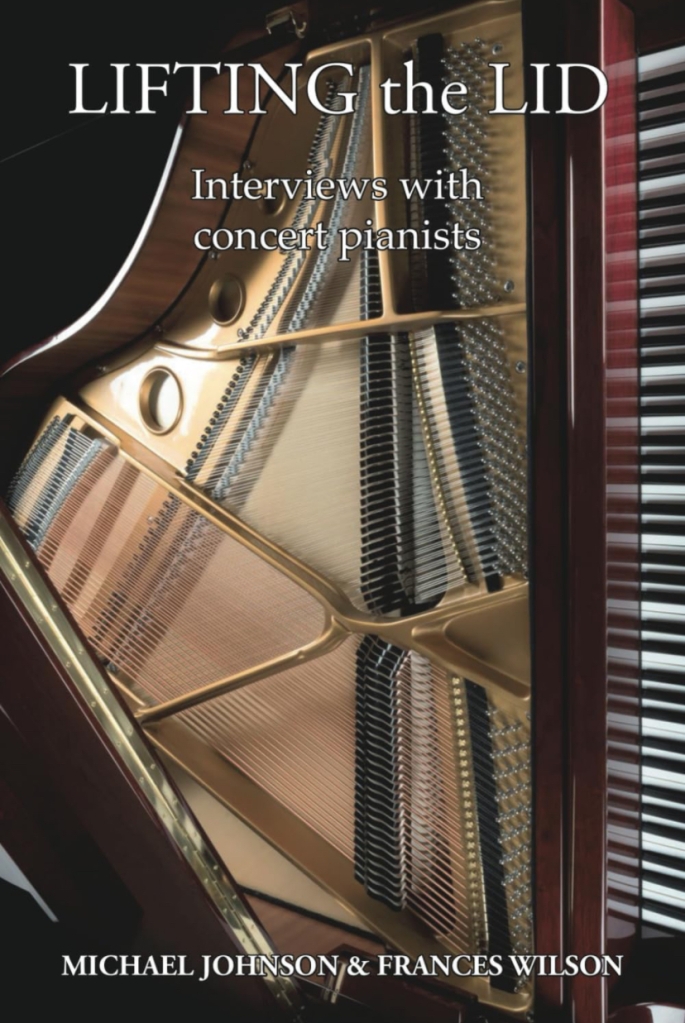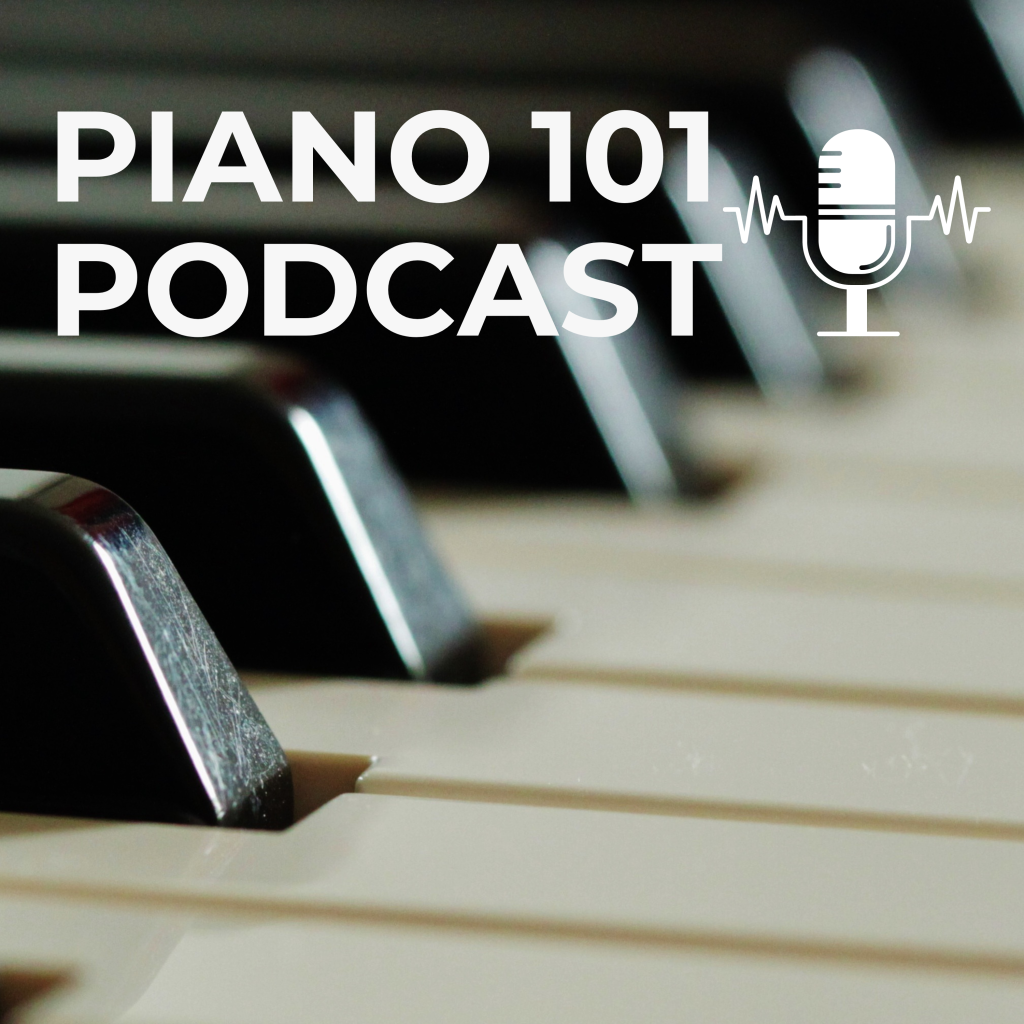Guest post by Dr Michael Low
Nostalgia has a two-fold meaning: firstly, it is a longing for the past, and secondly, within such longing, an attempt to recreate and glorify the values of a bygone age. The 19th century’s obsession with nostalgia can be traced back to the Romanticism itself, where the name of the movement is a reference to the old French word romance, which referred to the often extravagant and fanciful literature of the Middle Ages. Don Quixote (published 1605 and 1615) by Miguel de Cervantes Saavedra (not to be confuse with the fictitious Cervantes de Leon of the Playstation and Xbox fame) was perhaps the most notable of such literature it was also referenced in some of the 19th century’s most famous novels: Alexander Dumas’s The Three Musketeers (1844), Mark Twain’s Huckleberry Finn (1844) and Edmond Rostand’s Cyrano de Bergerac (1897). All three novels have been adapted into films during the 20th century with varying degree of success.

Though it is not often implicit in the musical text, an example of nostalgia can be found in the Romanze of Chopin’s E minor Piano Concerto (1830), the composer himself described this movement as: ‘Calm and melancholy, giving the impression of someone looking gently towards a spot that calls to mind a thousand happy memories. It is a kind of reverie in the moonlight on a beautiful spring evening.’ A more obvious example of nostalgia can be found in Liszt’s Ninth Transcendental Etude entitled ‘Ricordanza’. The title itself has a two-fold meaning. It can mean ‘recollection’, possibly even a literal reference to the fact that this etude looks back and adheres to its 1827 prototype as no other etude in the ‘Transcendentals’ does (Liszt himself wrote three versions of the Transcendentals Etudes, the 1827 juvenile prototype, the 1839 Paganini inspired Grandes Études, before the final version in 1857 which stripped the exorbitant technical demands of its intermediate predecessor). In Italian, the term ricordanza can also refer to a memento, an object that was stored over a period of time to recall a specific moment of the past. The eminent pianist composer Ferruccio Busoni famously compared the musical content of this Liszt etude to ‘a bundle of faded love letters from a somewhat old-fashioned world of sentiment’.
It is also possible that Beethoven’s An die ferne Geliebte (To the Distant Beloved, 1816) is a musical reference to the composer’s own Unsterbliche Geliebte (Immortal Beloved) letters. Written in 1812 and never sent, the anonymity of the intended recipient triggered what was perhaps the most comprehensive sleuthing exercise in the history of Western Art Music. In fact, the controversy about these letters is such that they have been the subject and title of a Hollywood film (Immortal Beloved 1994), which was dismissed by scholars for its lack of historical evidence and speculative ending (casting Gary Oldman as Beethoven didn’t exactly help…), as well as making a brief appearance in the award winning HBO Series Sex and the City. In these letters, Beethoven expressed his longing for the beloved, and how he looks forward to the day of their next meeting. A similar situation appears in An die ferne Geliebte, where for reasons unknown to the listener, the poet and his beloved are also separated. Here Beethoven recalls the opening song as a symbol of memory within the last song, which not only gives the song cycle a sense of completeness and closure, but also signifies that the distance which initially appear between the poet and his beloved has now been bridged by the songs he sang to her, showing that music has the ability to transcend time and space. And just as in the Immortal Beloved letters, hope springs eternal in the poet’s heart with regards to his next meeting with the beloved.

In Romantic music, nostalgia can represent either a bitter sense of lost happiness or a wistful yearning of the past, both of which are often linked with the idea of cyclic reprise. This can be found in the coda of Schumann’s Dichterliebe and Frauenliebe und leben (both composed in 1840). Further significant examples can be found in Schumann’s Fantasie (1836) and Fantasiestücke (1837). In the former work, Nostalgia took the form of Beethoven as the Fantasie was an attempt to raise fund towards the construction of a Beethoven monument in Bonn – this is most evident the majestic march-like second movement in the key of E-flat major – a key reserved for some of Beethoven’s most heroic compositions such as the Eroica Symphony, and the Emperor Concerto. The element of longing and passion in Schumann’s Fantasie was prefaced firstly by Schlegel’s quote:
Durch alle Töne tönet
Through all the notes
Im bunten Erdentraum
In earth’s motley dream
Ein leiser Ton gezogen
One soft note
Für den, der heimlich lauschet
Can be heard by one who listens stealthily
Second and more importantly, nostalgia adheres to a musical quotation from Beethoven’s song cycle An die ferne Geliebte as a mean to express the unattainability of his own love for the then seventeen-year-old Clara Wieck. This haunts the first movement in its fragment before appearing fully in the coda. Schumann’s sketchbook showed that there were actual attempts to quote the Beethoven quotation in the valedictory last movement before he changed his mind.
Similar to the Fantasie, Schumann also uses a falling five-note motif to enshrine the image of Clara in the Fantasiestücke. This motif appears prominently in Des Abends, a piece which evokes the haunting stillness of the Fantasie’s final movement, before returning in the opening and the coda of Ende vom Lied, a piece which Schumann confessed that had him dreaming of ‘wedding bells’ (evident in the middle section) before realising that there was still much distance between himself and Clara. Worth mentioning is that the third piece of the set – Warum? – with its persisting motif, was perhaps Schumann’s own way of asking fate why the lovers remained apart.
Although she is just a peripheral figure in Goethe’s Wilhelm Meister Lehrjahre (Wilhelm Meister Apprenticeship 1795), the enigmatic Mignon has been immortalised in the lied by composers such as Reichardt, Schubert, Schumann, Spohr and Wolf. In Goethe’s novel, the eponymous hero first encounter the androgynous Mignon after meeting a group of assorted actors who not only seek his wisdom but also funding for their aspiring theatre troupe. Having learnt that Mignon was abducted from her country of birth in Italy (one of the spiritual homeland of the Romantic imagination), Wilhelm proceeds to rescue her by buying her from the acrobats who had taken her. In Wolf’s setting of Mignon’s Kennst du das Land (Do You Know the Land 1875), Mignon nostalgically recalls the land where ‘the lemon blooms and the orange grows, and remembers the house with ‘marble statues and pillar roof’. Here nostalgia is two-fold, as Mignon longs for her distant homeland, and for a vaguely remembered past.
In Schubert’s Winterreise (1827), the poet’s recollection of the past serves only to remind him of his present suffering and lost happiness. The images of rural life and (in particular) of nature became symbols of his lost love: the gate of his beloved where he passes to bid her farewell (Gute Nacht), the weather-vane that reminds him of her fickleness (Die Wetterfahne), the frozen stream which became a metaphor of his own heart – frozen, but overflowing with passion beneath the icy exterior (Auf dem Flusse), the ‘town of inconsistency’ where two eyes captivated the poet (Rückblick), and the linden tree that recalls past happiness and promises rest (Der Lindenbaum). It is possible to interpret Müller’s text in such a way that the ‘rest’ here signifies death as this is the only release from the poet’s longing and pain. Schubert’s Lindenbaum looks forward to the final song of Mahler’s Lieder eines fahrenden Gesellen (Song of a Wayfarer 1885), where the poet recalls the ‘two blue eyes of his beloved’ also by symbolically embracing death under a linden tree.

The title Rückblick also appears as the title in the fourth movement (Intermezzo) of Brahms F minor Sonata Opus 5. Literally translated, Rückblick means retrospect, or remembrance, and this is evident in the way the music recalls the second movement (Adagio espressivo) in its thematic materials and programmatic intentions. Prefaced by Sternau’s poem Junge Liebe (Young Love), the Adagio espressivo depicts the image of two lovers embracing beneath a moonlit sky:
Der Abend dämmert, das Mondlicht scheint
The evening falls, the moonlight shines
Da sind zwei Herzen in Liebe vereint
Two hearts are united in love
Und halten sich selig umfangen
And keep themselves in bliss enclosed
The emotional directness of this movement such that one of the 20th century’s greatest pianist, Claudio Arrau, described it as ‘the greatest love music after Tristan, and the most erotic.’ However, whilst Brahms was obvious in regards to the programmatic intentions of the Adagio espressivo, the composer was far more cryptic about the subject matter behind the fourth movement. Although is it not identify in the score, the Intermezzo is based upon Sternau’s poem Bitte (Request), which depicts a love that has grown cold similar to a withered tree or a barren forest.
Furthermore, it is possible to see Brahms’s late piano and chamber works as music which verges on the dream-like realm of nostalgia. Unlike the early works, (in particular the F minor Piano Sonata and the D minor Piano Concerto) which place titanic demands on the soloist in terms of technique, emotion and physical stature, the late works (in particular Opus 117, 118, 119 and the Clarinet Quintet) are much more intimate in their conception and exude an autumnal atmosphere. In these works, we no longer hear the intense, passionate young composer haunted by Schumann’s attempted suicide as well as his love for Clara (as attested by the opening bars of the Concerto and its slow movement, written as Clara’s ‘portrait’). The drive, the titanic tussle, and the composer’s allegorical triumph over adversary fate (in the finale of both the F minor Sonata and the D minor Concerto, Brahms utilised the frequently adopted 19th-century compositional device of transition from the minor key to the tonic major identical to that in Beethoven’s Fifth and Ninth Symphonies), all of which were hallmarks in the Brahms’s early, large-scale works, were replaced by a sense of contentment, acceptance and serenity in the composer’s late musical essays.
In a similar way, Schumann’s Kinderszenen (1838) is the composer’s own nostalgia of childhood. Although it is difficult to speculate the autobiographical content (or the lack of) within these pieces, Schumann himself admitted to Clara that they were inspired by her comment in regards to the composer who seemed ‘like a child’ at times. Most poignant is the first piece of the set entitled Von fremden Ländern und Menschen (Of Foreign Land and People), which (to me at least) is a musical portrait of a toddler’s foremost interaction with the outside world. Perhaps the most famous piece of set is Träumerei (Dreaming), immortalised by Vladimir Horowitz as a favourite encore and used in the 1947 Hollywood film Song of Love, starring Paul Henreid as Robert Schumann and Katherine Hepburn as Clara Wieck.
Romanticism’s idea of nostalgia has been one that was well adapted by Hollywood. In Anthony Minghella’s adaptation of Michael Ondaatje’s The English Patient (1996), Almásy’s heavily annotated copy of Herodotus’s The Histories serves only to recall his torrid love affair with Katherine Clifton (expertly captured under Minghella’s direction), which was to have devastating ripple effects on those around them. At the same time, Irving Berlin’s ‘Cheek to Cheek’ is a mere reflection of the Almásy’s state of mind (and heart) for it is only in heaven (hence death) that he is able to ‘find the happiness that he seeks’. In David Fincher’s adaptation of F. Scott Fitzgerald’s The Curious Case of Benjamin Button (2008), Daisy Fuller’s deathbed merely serves as the only consistent variable throughout the course of the film as Daisy recalls her life, along that of her lover, Benjamin Button, whilst her daughter Caroline reads from the protagonist’s diary. The film was also haunted by the use of Scott Joplin’s Bethena Waltz (1905) which serves as a reference to period when the film was set. And finally, it was the grown up Peter (Pan) Banning (played by Robin Williams), who enlist the help of Tinkerbell (Julia Roberts) as he rummages through his childhood memory in search of the one big ‘happy thought’ that will enable him to fly in Steven Spielberg’s Hook (1991).

Recommended listening (All of which can be found on YouTube)
Ludwig van Beethoven: An die ferne Geliebte Opus 98
Johannes Brahms: Piano Sonata No 3 in F minor Opus 5
Johannes Brahms: Piano Concerto No. 1 in D minor Opus 15
Johannes Brahms: Sehnsucht Opus 14 No.8
Johannes Brahms: Clarinet Quintet in B minor Opus 115
Johannes Brahms: Piano Pieces Opus 117, Opus 118 and Opus 119
Frederick Chopin: Larghetto from Piano Concerto in E minor Opus 11
Franz Liszt: Transcendental Etude No. 9 in A Flat Major ‘Ricordanza’
Gustav Mahler: Lieder eines fahrenden Gesellen: Die zwei blauen Augen von meinem Schatz
Franz Schubert: Die Winterreise D911
Robert Schumann: Fantasiestücke Opus 12
Robert Schumann: Kinderszenen Opus 15
Robert Schumann: Fantasie in C Major Opus 17
Robert Schumann: Frauenliebe und leben Opus 42
Robert Schumann: Dichterliebe Opus 48
Robert Schumann: Lieder und Gesänge aus ‘Wilhelm Meister’: Mignon (Kennst du das Land)
Hugo Wolf: Goethe Lieder: Mignon (Kennst du das Land)





